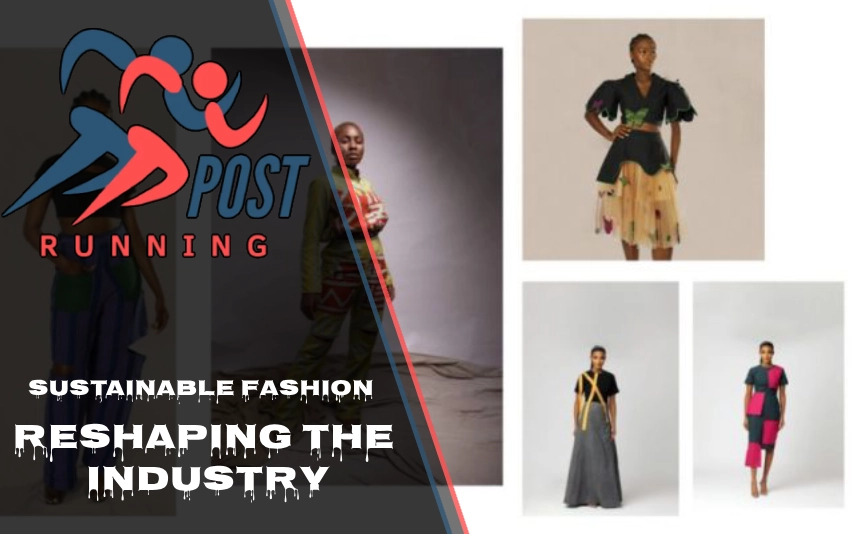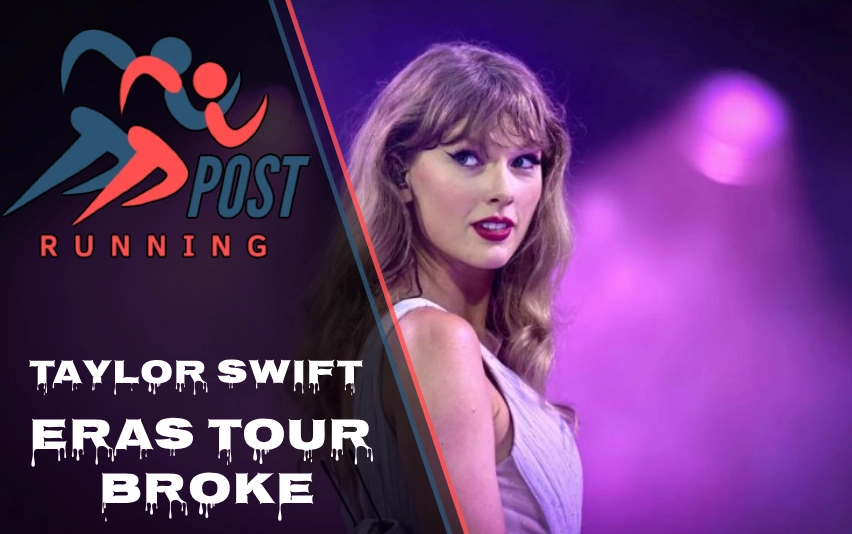Sustainable fashion is reshaping the industry in ways we’ve never seen before. It’s not just a trend; it’s a revolution that’s changing how we make, buy, and wear clothes. From eco-friendly materials to high-tech solutions, the fashion world is going green, and it’s happening fast. Let’s dive into how sustainable fashion is transforming the industry and what it means for all of us.
Introduction
The fashion industry has long been known for its glitz and glamour, but it’s also been a major polluter. Now, that’s changing. Sustainable fashion is taking center stage, driven by a growing awareness of environmental issues, changing consumer habits, and new regulations. It’s not just about looking good anymore; it’s about feeling good about what we wear and how it impacts the planet.
Key Drivers of Sustainable Fashion
Environmental Concerns
The fashion industry’s environmental footprint is huge, and it’s getting bigger. Global fiber production is skyrocketing, and with it comes a host of problems. The industry is responsible for a massive CO2 footprint, gobbling up water resources, and releasing harmful microplastics into our oceans. These issues are pushing the industry to find better, cleaner ways of doing business.
Regulatory Pressures
Governments are stepping in to push the fashion industry towards sustainability. In the EU, new regulations like the Ecodesign for Sustainable Products Regulation and the Corporate Sustainability Due Diligence Directive (CSDDD) are setting strict standards for how clothes are made and sold. In the US, we’re seeing bans on harmful chemicals like PFAS and new rules about packaging waste. These regulations are forcing companies to rethink their entire production process.
Consumer Demand
People are waking up to the impact of their clothing choices. A whopping 80% of consumers say they’re willing to pay more for sustainable products. This shift in consumer behavior is a game-changer, pushing brands to offer more eco-friendly options or risk losing customers.
Technological Innovations Driving Sustainability
Artificial Intelligence in Fashion
AI is revolutionizing how clothes are made. It’s optimizing production processes, reducing waste, and even helping with precise body measurements. This means less overproduction and fewer returns, which is great for the environment.
Virtual Try-On Technologies
Ever bought something online only to find it doesn’t fit? Virtual try-on tech is solving this problem. By letting customers see how clothes look on them before buying, it’s cutting down on returns and the associated environmental costs of shipping and packaging.
Blockchain Technology
Blockchain isn’t just for cryptocurrencies. In fashion, it’s being used to make supply chains more transparent. This means you can track where your clothes come from, ensuring they’re made ethically and sustainably. It’s also helping to fight counterfeit products, which often have a terrible environmental impact.
Sustainable Materials and Production Methods
Eco-Friendly Materials
The days of just cotton and polyester are over. Now, we’re seeing a boom in eco-friendly materials. Organic cotton, recycled polyester, and hemp are becoming more common. There’s even a push towards regenerative agriculture for natural fibers, which helps restore soil health and biodiversity.
Sustainable Production Processes
It’s not just about what clothes are made of, but how they’re made. Zero-waste manufacturing is gaining traction, aiming to use every scrap of fabric. Water and energy-saving techniques are becoming the norm, reducing the industry’s overall environmental impact.
Circular Fashion and Slow Fashion
Circular Fashion System
The idea of a circular fashion system is taking hold. This means designing clothes with their end-of-life in mind, making it easier to recycle or repurpose them. Brands are looking at innovative ways to deal with old clothes, turning them into new products instead of sending them to landfills.
Slow Fashion Movement
Slow fashion is pushing back against the fast fashion model. It’s all about making clothes that last, using traditional techniques and high-quality materials. While it’s gaining popularity, it’s not without its challenges. Critics argue it can be expensive and exclusive, making it hard for everyone to participate.
Industry Challenges and Future Outlook
Balancing Sustainability and Profitability
One of the biggest challenges for sustainable fashion is making it profitable. Eco-friendly materials and ethical production often cost more. Brands are struggling to balance these costs with consumer demands for affordable clothes and quick delivery. It’s a tricky balance, but one that’s crucial for the industry’s future.
Future Trends
The future of fashion looks green. We’re seeing a huge growth in the secondhand and pre-owned clothes market. More brands are focusing on local production to reduce transportation emissions. These trends are reshaping how we think about fashion, moving away from disposable clothes to a more sustainable model.
Conclusion
Sustainable fashion is reshaping the industry in profound ways. From the materials we use to how clothes are made, sold, and recycled, every aspect of fashion is being reimagined with sustainability in mind. It’s clear that the future of fashion is green, but it will take ongoing collaboration between consumers, industry leaders, and regulators to make this vision a reality.
As we’ve seen, sustainable fashion isn’t just a passing trend. It’s a fundamental shift in how we approach clothing. By embracing eco-friendly materials, innovative technologies, and circular economy principles, the fashion industry is working towards a more sustainable future. While challenges remain, particularly in balancing sustainability with profitability, the momentum towards a greener fashion industry is undeniable.
The transformation of the fashion industry through sustainable practices is not just good for the planet; it’s becoming essential for business success. As consumers become more environmentally conscious, brands that embrace sustainability will be the ones that thrive. The fashion revolution is here, and it’s dressed in green.
Discover more fascinating insights—explore Running Posts today.















